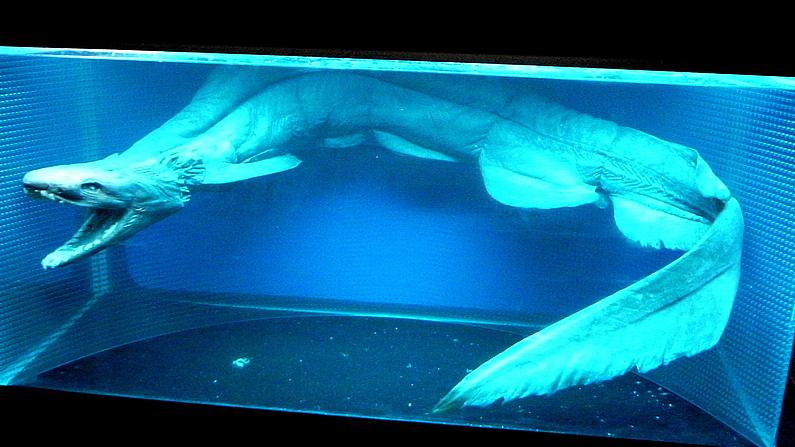Scientists studying seal life, off the coast of Portugal, have caught a prehistoric shark with 300 teeth.
The six-foot-long frilled shark has existed in its current form for 80 million years, making it one of the oldest species alive today.


Scientists studying seal life, off the coast of Portugal, have caught a prehistoric shark with 300 teeth.
The six-foot-long frilled shark has existed in its current form for 80 million years, making it one of the oldest species alive today.